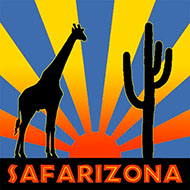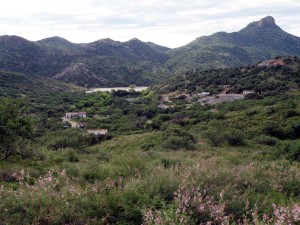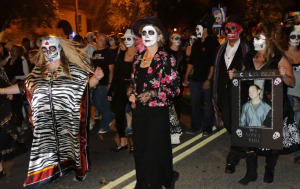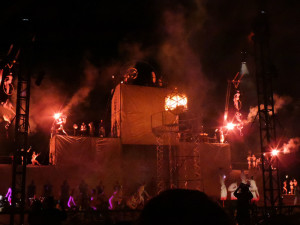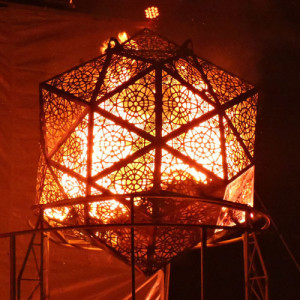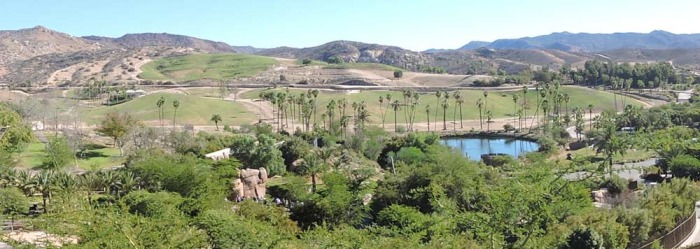
Can’t afford a safari to Africa? Easy solution, go to the San Diego Zoo Safari Park. We just spent a whole day there, at a fraction of the cost of a day on safari in Africa. And what a lot we saw: wildlife galore, maybe not in its natural habitat but in great variety and totally visible and easy to photograph. We were especially charmed by the mother cheetah and her four cubs, two of the last living northern white rhinos, gazelles, giraffes, oryx, warthogs, elephants and other typical animals of the African plains. Moreover, we saw animals that you would not see on most safaris, rare forest dwellers such as lowland gorillas and okapi, and so many kinds of birds and forest creatures from the world’s tropics – all healthy and housed in spacious enclosures in ‘natural’ social groupings.
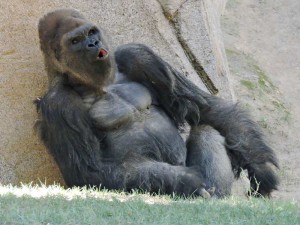
Safari clients often say to us, “Don’t you hate to see animals in captivity? I could never go to a zoo after this.” We say, We LOVE zoos, especially now when zoos are so involved in conservation and captive breeding. While at the Safari Park we also visited the research institute, and were impressed by all the work going on; saving the egg-cells of old rhinos, freezing tissue samples of rare animals, breeding 165 endangered species, and supporting field research in over 35 countries.
The park was packed with families, riding the trains and the safari trucks or just strolling the grounds; a wonderful learning experience for kids. David’s childhood visits to a local zoo were the most exciting and memorable events in his young life. Zoos help fuel young minds for learning and caring more about animals.
Check out this amazing zoo and its older relative, the downtown San Diego Zoo, a bit commercialized, but both state-of-the-art facilities whose well-treated captives are ambassadors for the natural world.
